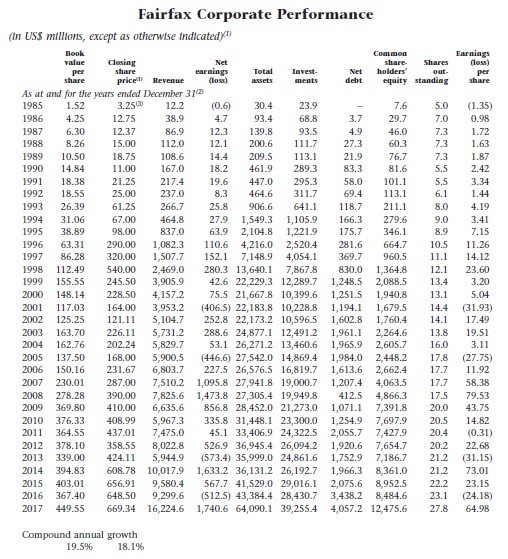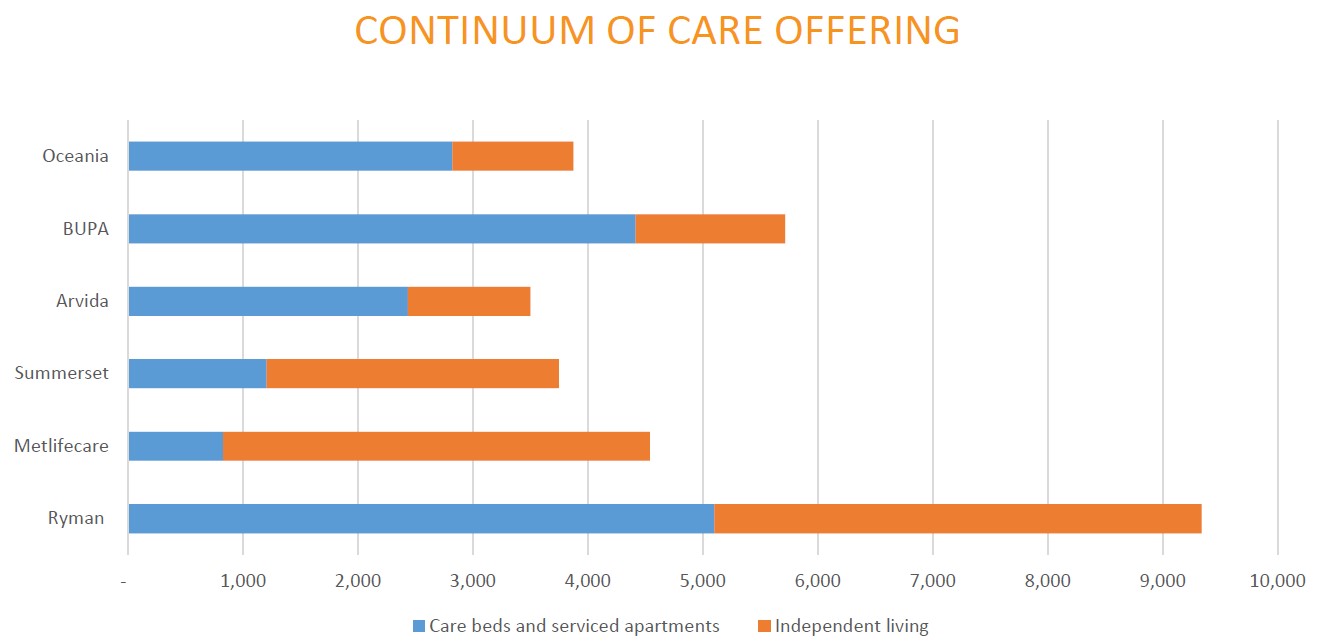Why I’ve Passed on Keweenaw Land Association (so far)
Trey had a good question in response to my Keweenaw Land Association article:
“Are you willing to share your reason for not investing at this time?
My first pass analysis leads me to also not choose to invest at this time. For me, it’s a matter of opportunity cost. Simply beating the S&P500 is insufficient. Since the S&P500 is projected to return much lower than its historic rates of return, my current opportunity set is much better.
That’s really always been my hesitation with owning something like timberland. I’ve been interested for diversification reasons, but in order to achieve double digit returns over long periods of time, you have to really buy at a large discount.
While I agree with the analysis that downside looks limited here, I struggle to come up with a scenario where a long-term owner (10+ years) could earn 10%+ returns. I understand though, that if the company is sold in a shorter amount of time for a premium, you could earn that hurdle rate over a shorter period of time. With that said, I think purchasing below $75-80 per share would offer the additional 2%/year return that I need for a 10 year holding period.
Sure. So, it’s easy to imagine a scenario where a long-term holder of timberland makes 10% plus returns. All you need is high inflation. Timberland’s long-term returns should be driven by: the cash flow produced by the annual harvest, the biological growth, the rate of inflation, and then also there tends to be some return – at least historically this has been true as countries develop – of competing uses for the land. This last factor is not important in Upper Michigan. But, there are places in the U.S. where it is. There’s nothing nominal about any of the factors driving returns in timberland. All the factors driving returns are real factors. So, if you had 6% inflation or higher – it’s likely timberland would return 10% or more a year for as long as that situation continued. You can check the historical record for periods of high inflation in the U.S. and see how timberland performed versus stocks, bonds, commodities, etc. during that period. The answer is good.
Over periods as short as 5-10 years, the factors driving timberlands returns would really just be the purchase price you were getting in at (if you’re buying a timber stock – this means both where we are in terms of timberland pricing and where the share price is versus the appraisal value of its timberland) and then whether demand for housing increases while you hold the timber stock. There are other uses for timber, but the most cyclical use for the more profitable trees is housing. So, when you see a low projected return for the S&P 500 versus a high projected return for timberland over the next 5 or 10 years, what the forecaster is really saying is: stocks are relatively more expensive than timberland right now, home construction …
Read more



